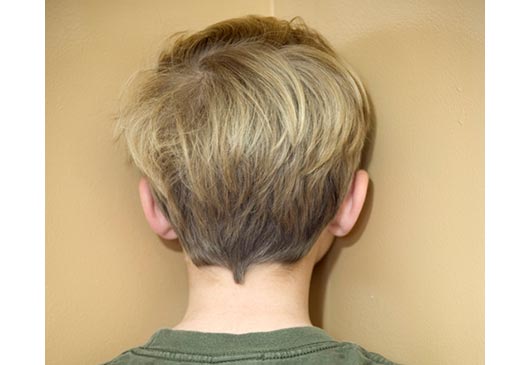
Budgets in schools have been cut drastically every year for the past decade or so. These cuts are not unfamiliar to us mamis who try to compensate by donating extra supplies or volunteering to help a student who no longer gets a tutor during math class. There are organizations to help keep the arts a part of school curriculum but what about mental health? What about discipline and classroom management support for teachers?
Due to these cuts, school counselor, psychologist, and even dean of students positions are being cut leaving teachers without resources in this area. Teachers are without the support they need and sometimes, classroom discipline goes too far.
Recently, the New York Times described the horror that some children face when they’re sent to an isolation room during their school day. Secluding or isolating students removes the behavior from the teacher’s classroom, which can be a relief for a teacher but it’s not effective or healthy for the child.
When I was a kid, students who misbehaved in the classroom were sent to the Dean’s office. I remember meeting with the counselor when I would act out in class because she wanted to know what was wrong with me. Everybody remembers saying the obligatory, “Oooooooooooh” when a fellow scholar was called to the principal’s office. But, in the reality of our children’s generation, that no longer happens. Teachers have little help, no place to send children where they will be “dealt with,” and no way to keep their classroom on task when one student is determined to be a disruption. So they resort to seclusion.
As I read the NY Times article that described how the author found his daughter, Rose, “standing alone on the cement floor of a basement mop closet, illuminated by a single light bulb. There was nothing in the closet for a child—no chair, no books, no crayons, nothing but our daughter standing naked in a pool of urine, looking frightened as she tried to cover herself with her hands. On the floor lay her favorite purple-striped Hanna Andersson outfit and panties,” the tears streamed down my face.
Read Related: Unthinkable Discipline Tactics, Extreme Timeouts and Spanking
As a mother and a licensed school counselor, I find this to be a tragedy. And we know Rose isn’t the only child who is sent to a closet “until she can get it together and rejoin the rest of the class.” Also, Rose was five years old. What could a five year old have done to warrant such a punishment? It doesn’t matter because that punishment is never okay. Permanent psychological damage can occur from such a situation and no one wants to think this could ever happen to their own child.
In order to prevent this type of punishment from being used in your child’s classroom, what can you do? Here are a few tips for prevention and a few ways your baby might be trying to give you the hint that something isn’t right at school.
- Get to know the staff: Show up at Back to School Night and know your child’s teachers by name.
- Be an involved parent: Volunteer at the school if you can and talk to the teachers and tutors. If nothing else, help your child with their homework and jot a note to the teacher every once in a while.
- Empower the teacher to ask you for help: Send regular e-mails asking for updates on your child and ask if there’s anything you can do at home to help him or her perform better in school.
And don’t hesitate to act if your child does any of the following:
- Resists going to school when he previously showed no hesitation.
- Complains of an “upset stomach” while at school despite not actually being sick.
- Starts behaving strangely or out of character at home.
- Allows grades to drop or no longer shows interest in learning.
Poor little Rose and her punishment are not the norm, thank goodness, but this type of classroom discipline does happen. We can’t keep our babies at home with us forever, no matter how tempting it may be, but we can work to prevent inappropriate punishment and be aware when our children exhibit signs that something at school just isn’t right.











